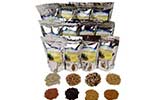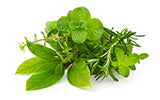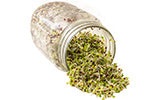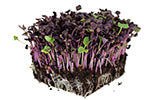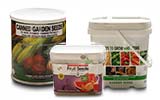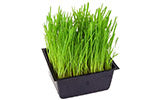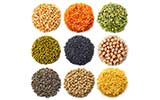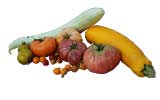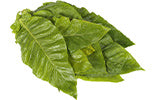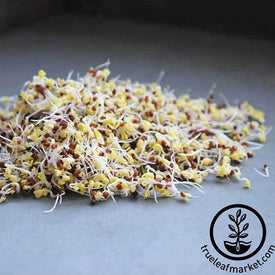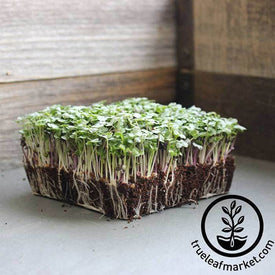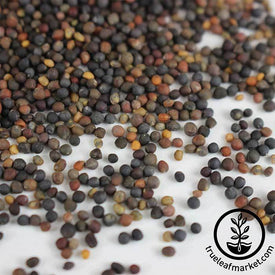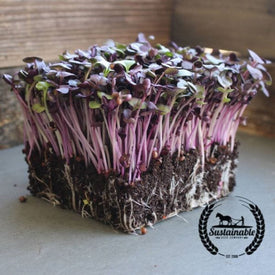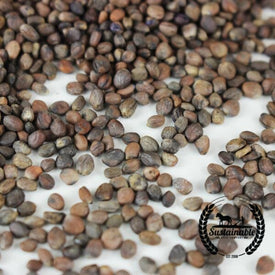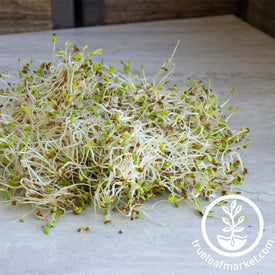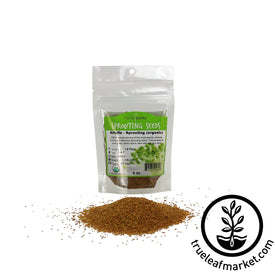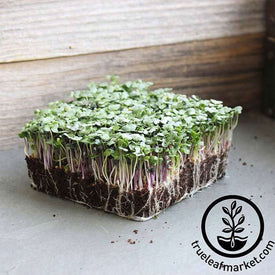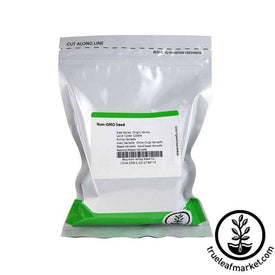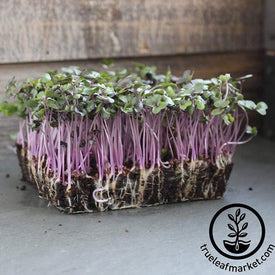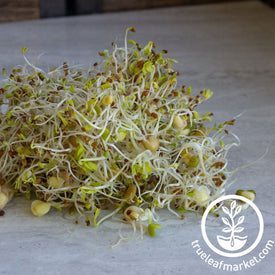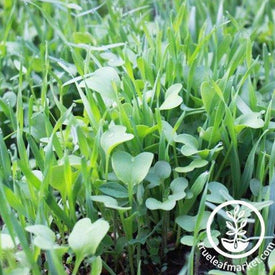Seeds
All Seeds
All Garden Seed Categories
Broccoli - Waltham 29 - Microgreens Seeds
Starting at
Broccoli - Organic - Sprouting Seeds
Starting at
Basic Salad Mix - Microgreens Seeds
Starting at
Radish - Rambo (Organic) - Microgreens Seeds
Starting at
Alfalfa (Organic) - Sprouting Seeds
Starting at
Spicy Salad Mix - Microgreens Seeds
Starting at
Sunflower - Black Oil - Microgreens Seeds
Starting at
Cabbage - Red Acre - Microgreens Seeds
Starting at
5 Part Salad Mix (Organic) - Sprouting Seeds
Starting at
Mung Bean - Organic - Sprouting Seeds
Starting at
Kale - Red Russian - Microgreens Seeds
Starting at
Garden Cover Crop Seed Mix - All-Purpose, Pre-Inoculated
Starting at
Carrot Seeds - Tendersweet
Starting at
Amaranth - Red Garnet - Microgreens Seeds
Starting at
Spinach Seeds - Giant Noble
Starting at
Cucumber Seeds - Pickling - Boston Pickling
Starting at
Pea - Dun - Microgreens Seeds
Starting at
Beet Seeds - Detroit Dark Red
Starting at
Wheat - Hard Red Spring (Organic) - Grass Seeds
Starting at





